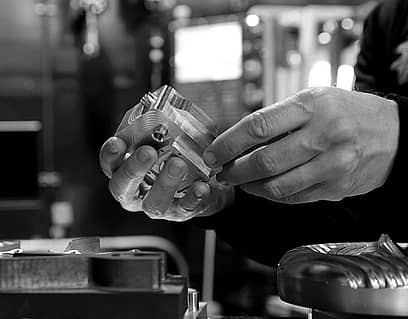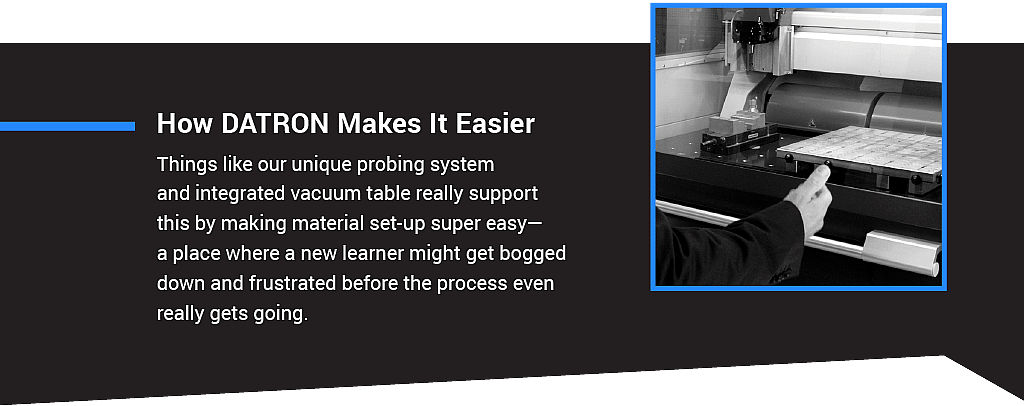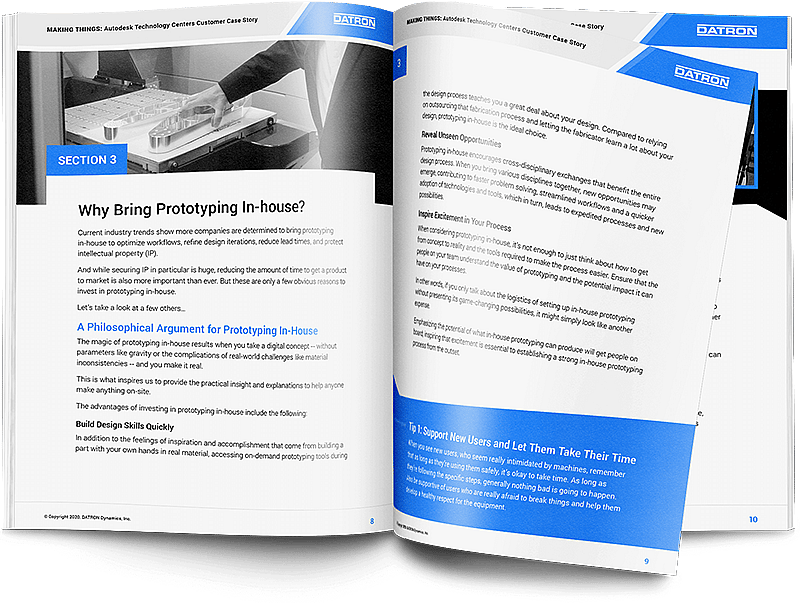When you’re making prototypes, you really need to think about which different prototyping materials you intend to use. Ask yourself questions like:
- What are you trying to accomplish with the prototypes?
- Are you looking for a close approximation?
- Do you want something close to—or the exact—finished part?
- How fast do you want to iterate?
- Finally, how much wear and tear will your prototypes endure
A Wide Breadth of Materials Requires Flexibility
Prototyping machines work with different materials like plastics, foams, plywood and ferrous and nonferrous metals—from magnesium, aluminum, titanium, hardened steel, tool steels, composite structures, including conventional composites like carbon fiber, Kevlar, and fiberglass—as well as non-conventional and experimental composites, different foams, and different natural fibers like flax and hemp.
Prototyping in Volumes

When prototyping, 3D printing and plastics are very accessible and user friendly, but they don’t always fulfill the need. For more durable prototypes, aluminum is great to prototype with because it’s lightweight, easy to work with, and relatively inexpensive. And even if you’re making prototypes for something that’s going to see high repetitive stress or vibration, you can build a prototype in aluminum that will prove durable enough for testing and iteration.
If you’re manufacturing components for prosthetic limbs, for example, and you need to build a proof of concept that’s going to be used for a few hours, you could build that prototype out of aluminum.
Ultimately, since it will be utilized by the patient for years, you’d manufacture the finished piece using a medical grade, high-end alloy.
Moving Materials Around
When you’re setting up your prototyping lab, keep in mind that you need the ability to take delivery of the type of materials your work requires, at the scale you need, which can be extremely large.

At the Autodesk Technology Center in Boston, there is a large gantry crane installed in the facility and the team utilizes have forklifts, pallet trucks, machinery rollers, and a variety of backend logistics equipment.
This all ties back to planning and the need to have the appropriate amount of space to move materials around and store them, and provide adequate space for the people who are trained to operate your equipment.


